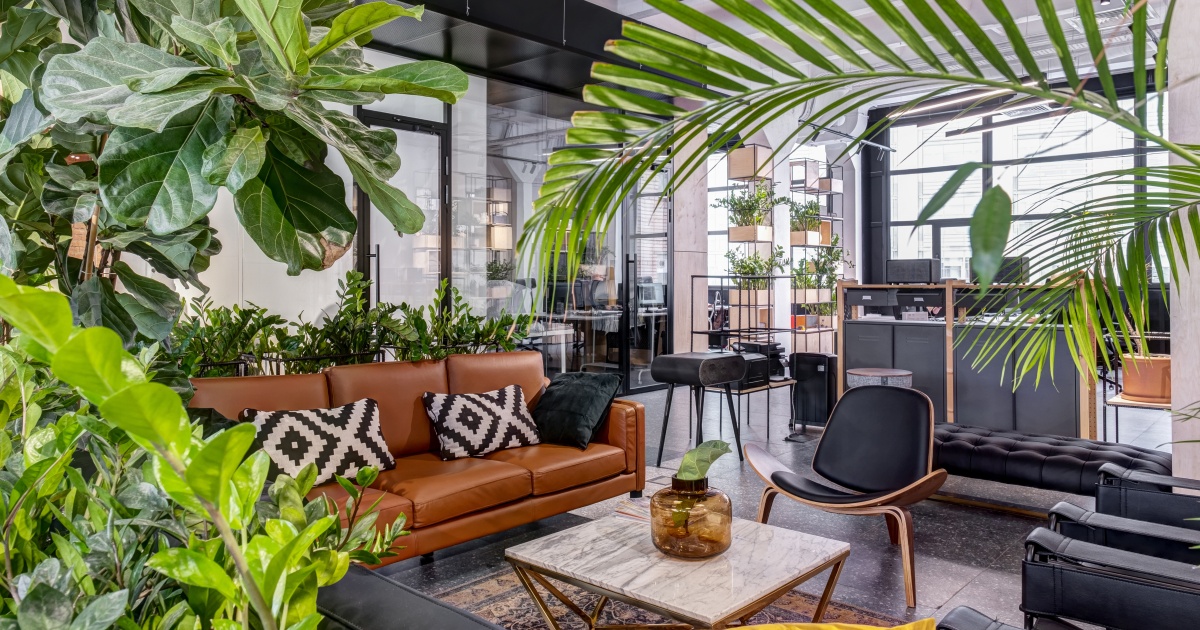
Business leaders often think their business is running smoothly on all fronts. In reality, employees are feeling the strain and know that customer satisfaction has not improved or isn’t as strong as leadership thinks.
This “gap” or different perspective between businesses leaders and employees is what Verizon Business refers to as organizational myopia. Verizon wanted to find that disconnect in the post-pandemic workplace and conducted its “Time to Change the Way We Work” report.
The result? There are clear differences between how business leaders and employees view the workplace. For the most part, business leaders (71%) are twice as likely than employees (35%) to say personal productivity and employee well-being has improved since the pre-COVID era. But, the greatest gap is in customer satisfaction perception, with nearly three times as many business leaders (74%) seeing improvement versus just 25% of employees.
Another area where employees and business leaders have differing perspectives relates to the tools provided to succeed. Businesses leaders are more likely to say their organizations provide the right tools to succeed – such as contact center technology, collaboration and communication technology, business systems and technology and flexibility to work wherever they are most productive.
These differences between employees’ and decision makers’ perspectives is worrisome because, more than ever, the workplace experience is a significant factor in an organization’s success. It may be time to redesign the workplace.
To start, businesses need to approach employee experience with the same investment and care they take with customer experience – after all, the two are intimately related. What this means is making sure employees have a positive experience from recruitment all the way to retirement. Sure, customers are of huge importance to the business, but the ones actually steering the ship and making sure it stays afloat are the employees.
Businesses need to learn from their customer experience colleagues and use tools like journey mapping to guide and shape employee experience. Organizations also need to involve employees in selecting the IT tools and services they use. Without employee buy-in, the technology ROI will never be realized.
Organizations also need to consider remodeling the work space in the office. Move away from cubicles and meeting rooms and offer collaborative meeting spaces, quiet areas for focused work, mini phone booth rooms for private calls and open, creative spaces to encourage interaction.
Leadership needs to continuously learn from what is working and what isn’t within their companies. This means engaging all stakeholders in the learning process and making the investments needed to boost employee and customer experience. The business results will speak for themselves.
Edited by
Erik Linask